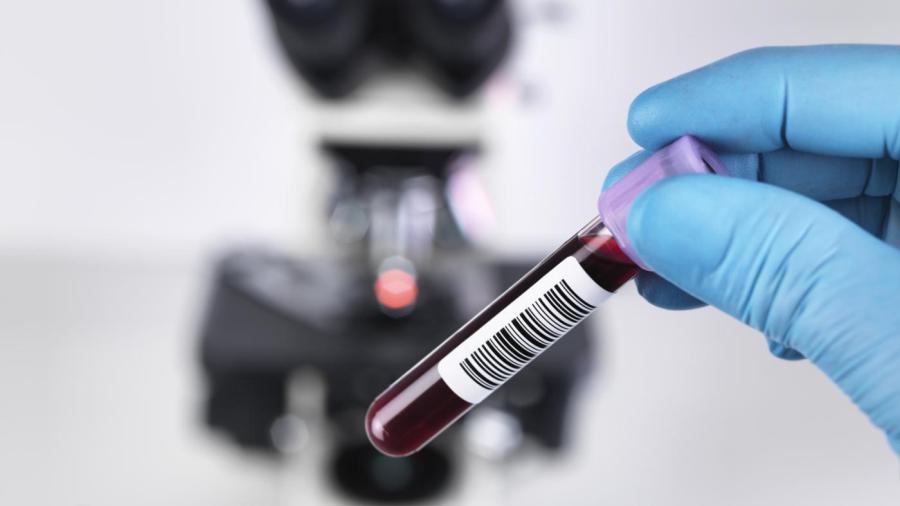What Are the Early Signs and Symptoms of HIV?

The earliest signs of an HIV infection are flu-like symptoms that include fever, rash, swollen lymph nodes, headache and fatigue, according to Mayo Clinic. These symptoms usually appear between 30 and 60 days after a person has been infected, and they may be mistaken for another viral infection.
Early HIV symptoms are called acute retroviral syndrome and result from the body’s natural response to viral invaders, states Mayo Clinic. However, some people do not experience symptoms at all, and more serious symptoms could appear many years from the time of initial infection. If they do appear, these early symptoms of HIV usually disappear after a few weeks. During this early period of time, a person is very infectious.
A person should not rely on symptoms alone to know whether or not she has HIV, states AIDS.gov. The only way to know for sure is to get tested. Any person experiencing flu-like symptoms and who has reason to believe she has been exposed to HIV should be tested. Specific HIV tests look for antibodies produced by the body to confirm a diagnosis. However, if the disease is still in its early stages, the body may not have had a chance to produce antibodies yet. In 2013, a new test was approved that allows doctors to identify the HIV virus even in these early stages.





